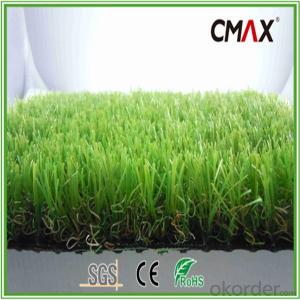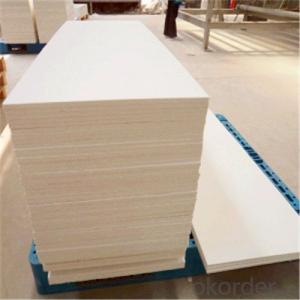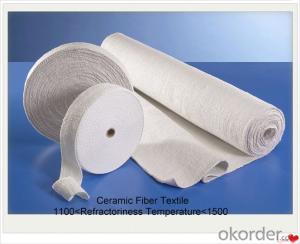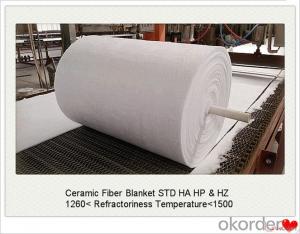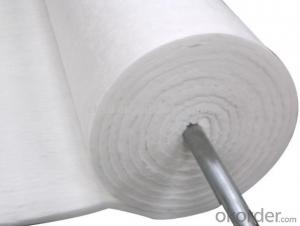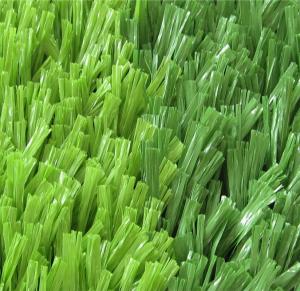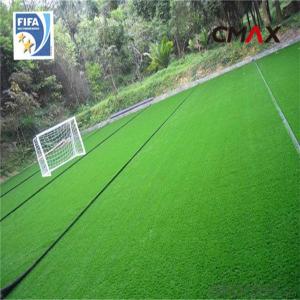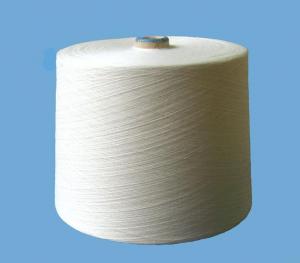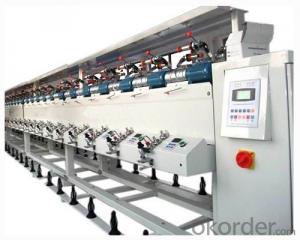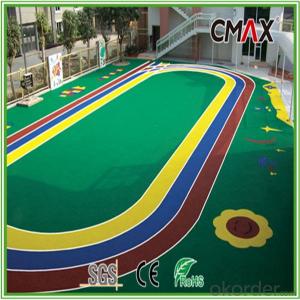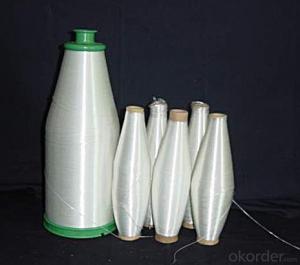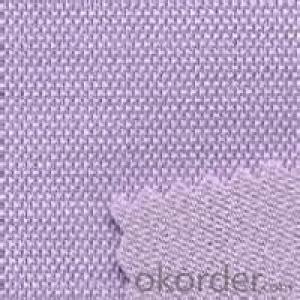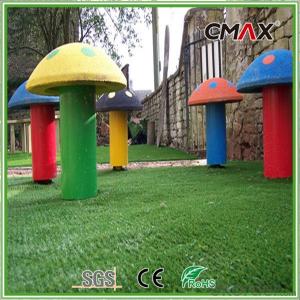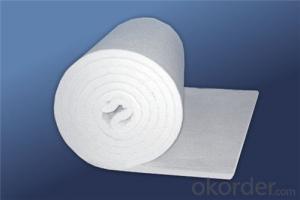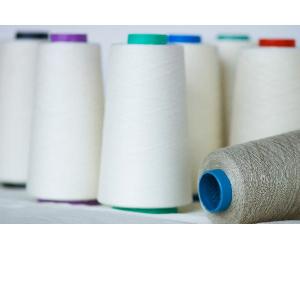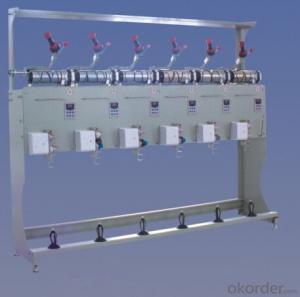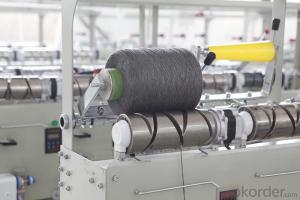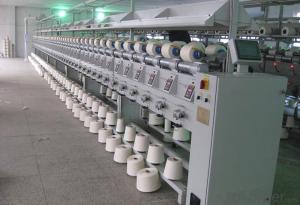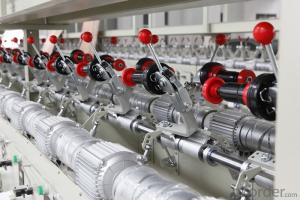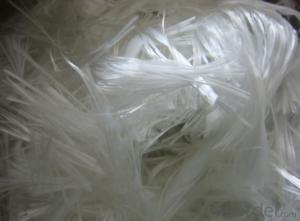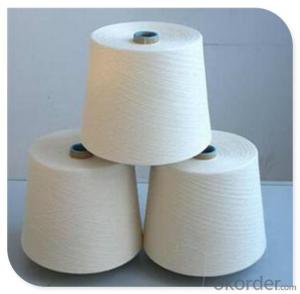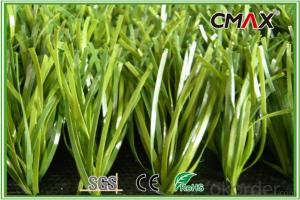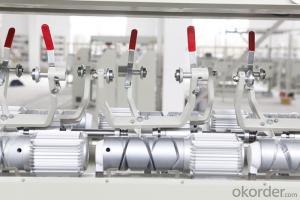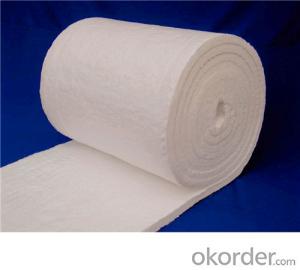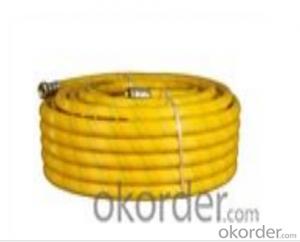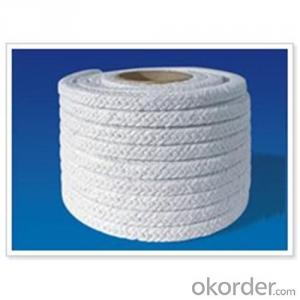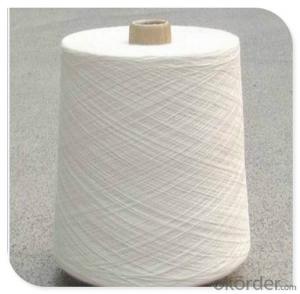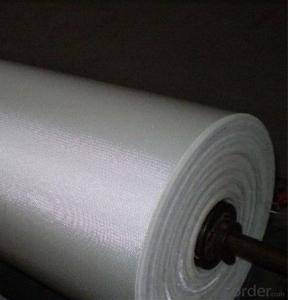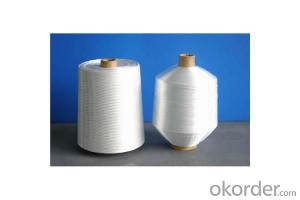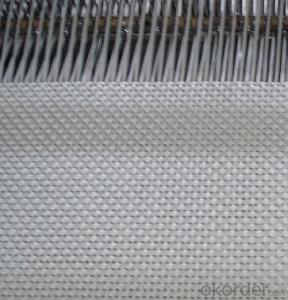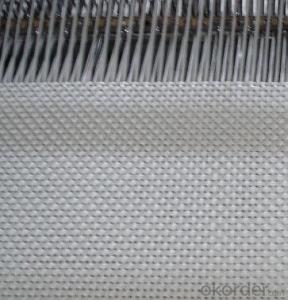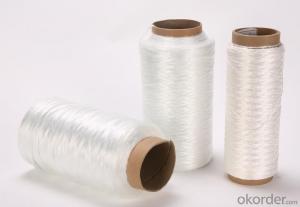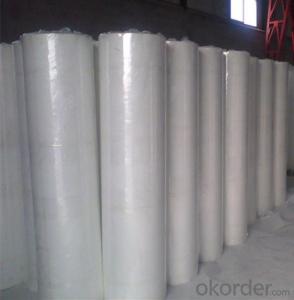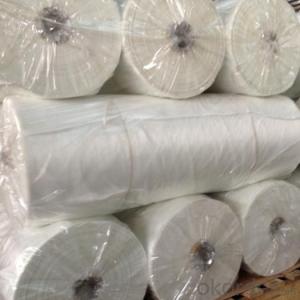Rayon Yarn
Rayon Yarn Related Searches
2 Inch Styrofoam Insulation Sheets Home Insulation Contractors Indoor Window Insulation Urethane Insulation Panels Fine Home Textiles Classic Wood Furnace Expanded Perlite Insulation Blown Insulation Calculator Cavity Insulation Polyisocyanurate InsulationHot Searches
Thermal Coal Spot Price Australian Thermal Coal Price Rocksol Insulation Cost Cement Fibre Cladding PricesRayon Yarn Supplier & Manufacturer from China
Okorder.com is a professional Rayon Yarn supplier & manufacturer, offers integrated one-stop services including real-time quoting and online cargo tracking. We are funded by CNBM Group, a Fortune 500 enterprise and the largest Rayon Yarn firm in China.Hot Products
FAQ
- Curtains and blinds can indeed be produced using fiberglass yarn. This versatile material possesses numerous advantages for curtains and blinds. Notably, it is lightweight, durable, and resistant to heat, fire, and chemicals. Moreover, fiberglass yarn is renowned for its exceptional insulation properties, which aid in maintaining desired room temperatures. Additionally, it boasts high tensile strength, making it ideal for crafting robust and long-lasting curtains and blinds. The inclusion of fiberglass yarn in curtains and blinds offers improved privacy, light control, and defense against harmful UV rays. All in all, fiberglass yarn represents a dependable and pragmatic choice for the production of curtains and blinds, delivering both aesthetic appeal and functional benefits.
- Yes, fiberglass yarn is resistant to stains. The nature of fiberglass, being a synthetic material, makes it highly resistant to most types of stains. This is due to its non-absorbent properties, which prevent liquids or substances from penetrating the surface of the yarn and causing permanent stains. Additionally, fiberglass yarn is typically coated with a protective layer that further enhances its stain resistance. As a result, it is commonly used in applications where stain resistance is crucial, such as in the production of carpets, upholstery, and textiles. However, it is important to note that while fiberglass yarn is highly resistant to stains, it may still be susceptible to certain substances or chemicals that could potentially cause discoloration. Therefore, it is advisable to follow any recommended cleaning and maintenance instructions provided by the manufacturer to ensure the longevity and stain resistance of fiberglass yarn products.
- Yes, fiberglass yarn can be used for making upholstery pillows. It is a strong and durable material that can provide excellent support and shape retention for pillows. Additionally, its resistance to moisture and mildew makes it suitable for upholstery applications.
- Fiberglass yarn is indeed resistant to stains. Its synthetic nature makes it highly resistant to most types of stains. This is because it doesn't absorb liquids or substances, preventing them from seeping into the yarn and causing permanent stains. Moreover, fiberglass yarn usually has a protective coating that enhances its stain resistance. Consequently, it is commonly used in applications where stain resistance is crucial, such as in the production of carpets, upholstery, and textiles. However, it's worth noting that although fiberglass yarn is highly resistant to stains, certain substances or chemicals might still cause discoloration. Therefore, it's advisable to follow the manufacturer's recommended cleaning and maintenance instructions to ensure the longevity and stain resistance of fiberglass yarn products.
- Yes, fiberglass yarn is highly resistant to pests and insects. The material is made from spun glass fibers, which do not provide a suitable environment for pests to thrive. Fiberglass yarn is not appealing to insects, as it does not contain any organic matter that they typically feed on. Additionally, the smooth and slippery surface of the fiberglass yarn makes it difficult for pests to crawl or burrow into. Therefore, fiberglass yarn is an excellent choice for applications where pest and insect resistance is desired, such as in the construction of screens, insulation, and textiles.
- It is possible to utilize fiberglass yarn in the production of ropes or cords. This particular type of yarn is created by intertwining continuous glass fibers, resulting in a robust and enduring substance. Following additional processing, the yarn can be woven into ropes or cords. These fiberglass ropes or cords are renowned for their remarkable tensile strength, ability to withstand heat and chemicals, and limited stretching properties. Consequently, they find widespread usage across diverse sectors such as marine, construction, and high-temperature environments. Nevertheless, it is essential to acknowledge that fiberglass ropes or cords may not be appropriate for applications necessitating flexibility or extensive elasticity.
- Fiberglass yarn has the capability to reinforce plastic pipes, thanks to its exceptional resistance to corrosion and high tensile strength. This material is commonly utilized in the manufacturing process of pipes, where it is embedded within the plastic substance as a mesh or fabric. As a result, the structural integrity and durability of the plastic pipes are greatly enhanced, enabling them to withstand greater pressure, temperature, and external forces. Moreover, the incorporation of fiberglass yarn in plastic pipe reinforcement offers protection against potential damages such as cracking and leaking, ultimately prolonging the lifespan of the pipes.
- Certainly, polymer composites can indeed benefit from the utilization of fiberglass yarn as a reinforcement. The creation of fiberglass yarn involves weaving multiple strands of fiberglass together, resulting in a durable and robust material. By incorporating these yarns into polymer composites, their mechanical properties can be greatly enhanced. When utilized as a reinforcement, fiberglass yarns provide exceptional strength and stiffness to the polymer composite. The remarkable tensile strength of fiberglass makes it an optimal choice for applications that necessitate structural integrity, such as in the aerospace or automotive sectors. Furthermore, the inclusion of fiberglass yarns can augment the impact resistance and fatigue life of the composite material. During the manufacturing process, it is customary to impregnate the fiberglass yarns with a polymer resin, such as epoxy or polyester, to generate a composite material. The resin serves as a binder, effectively holding the fibers together and transferring load between them. This combination of fiberglass yarns and polymer resin yields a composite material that exhibits improved mechanical properties compared to the pure polymer. Moreover, fiberglass yarns are compatible with a variety of fabrication techniques, including hand lay-up, filament winding, and pultrusion. This adaptability enables the production of a wide array of composite parts and structures using fiberglass yarns as a reinforcement. In conclusion, fiberglass yarns are frequently employed in the reinforcement of polymer composites due to their exceptional strength, stiffness, and compatibility with diverse manufacturing processes. The integration of fiberglass yarns enhances the mechanical properties of the composite material, rendering it suitable for a multitude of applications in industries where strength and durability are of utmost importance.
